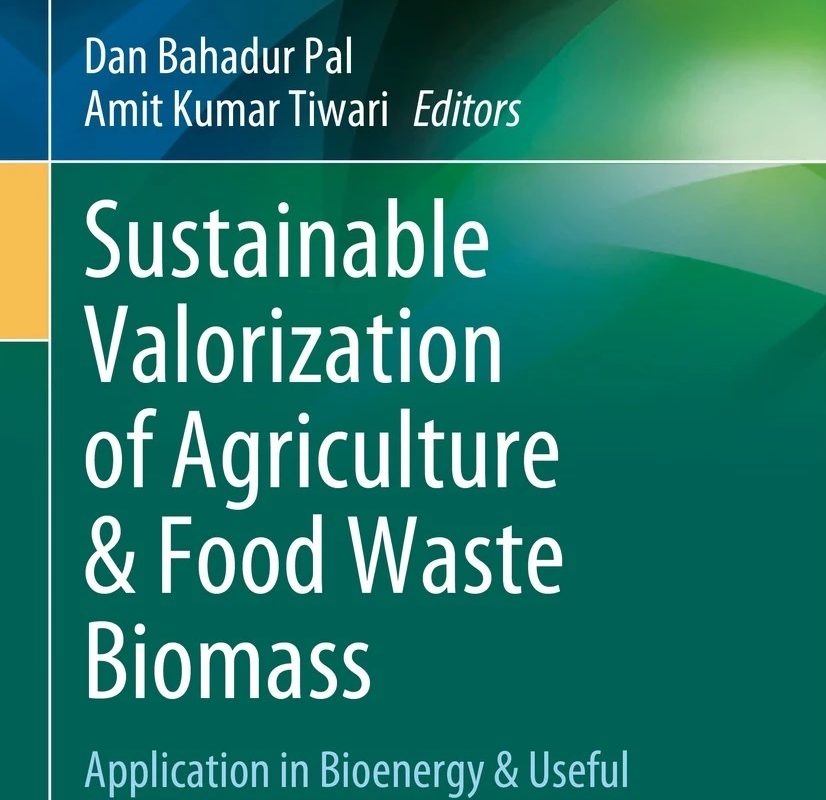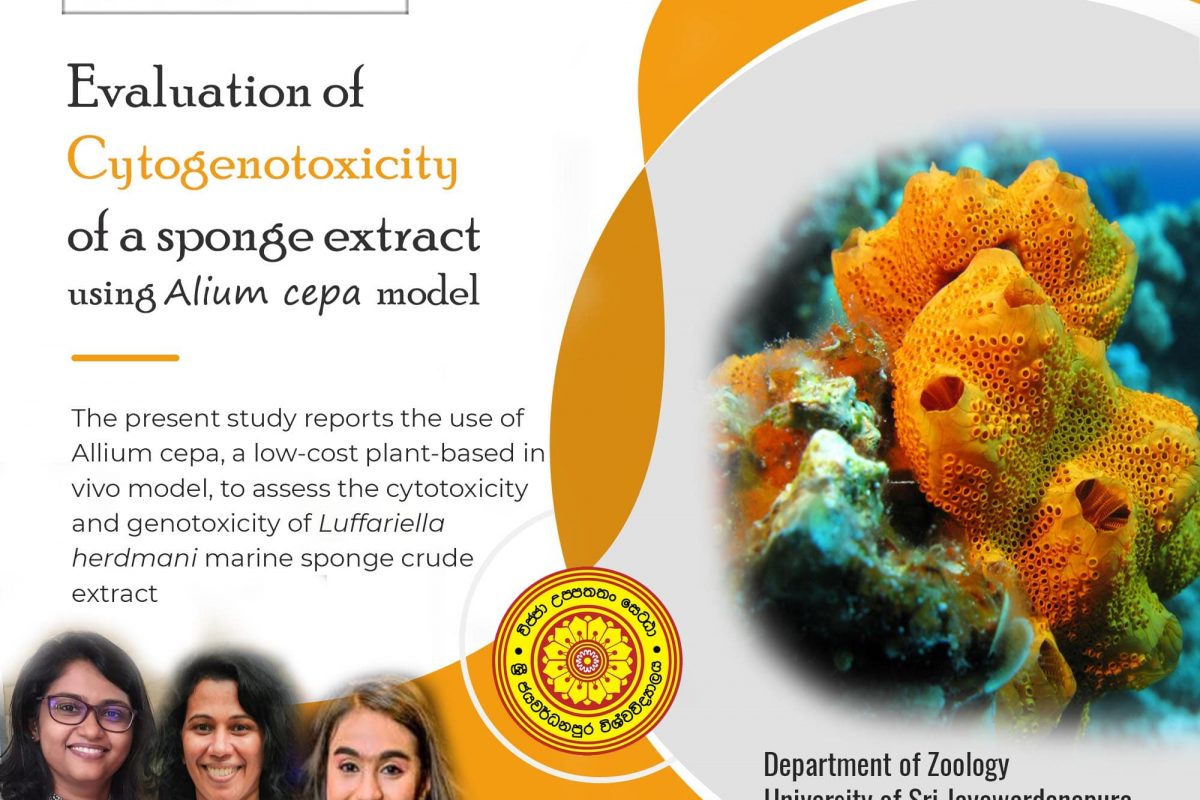A. K. C. Wijerathna, K. P. P. Udayagee, F. S. Idroos & Pathmalal M. Manage
Book chapter published in Sustainable Valorization of Agriculture & Food Waste Biomass
There has been a significant increase in global waste generation owing to rapid urbanization and industrialization. Anthropogenic activities associated with exploiting natural resources pose severe threats to the long-term resilience of ecosystems. The buildup of waste biomass in ecosystems causes various adverse environmental conditions, such as greenhouse gas emissions, global warming, bioaccumulation and biomagnification of hazardous chemicals, surface and groundwater pollution, and acid rains suppress and lessen biological diversity. According to the World Bank predictions, 3.4 billion tons of municipal solid waste will have been generated by 2050. Thus, effective waste biomass management through valorization is critical in circular bio-economy and meeting environmental feasibility. Due to its abundance and renewability, lignocellulosic waste biomass can be a beneficial substrate to produce many high-value goods such as biofuels, biofertilizers, composts, biochar, pharmaceuticals, bioplastics, and food additives. This chapter summarizes the potential of hydrothermal conversion processes, including hydrothermal carbonization, hydrothermal liquefaction, and hydrothermal gasification, in producing a range of value-added products from solid waste substances. Moreover, the future trends of biological conversions that use microbial bioconversion generate a number of eco-friendly valorized products like biopesticides, biohydrogen, organic acids, antibiotics, enzymes, food colors, amino acids, and single-cell proteins were discussed. Further, this chapter highlights the multidisciplinary approaches for waste biomass valorization combined with advanced bio-nanotechnology, enzymatic sequent biomass hydrolysis treatments that are becoming popular and research gaps to overcome the challenges of waste biomass valorization by enhancing the process efficiency.






